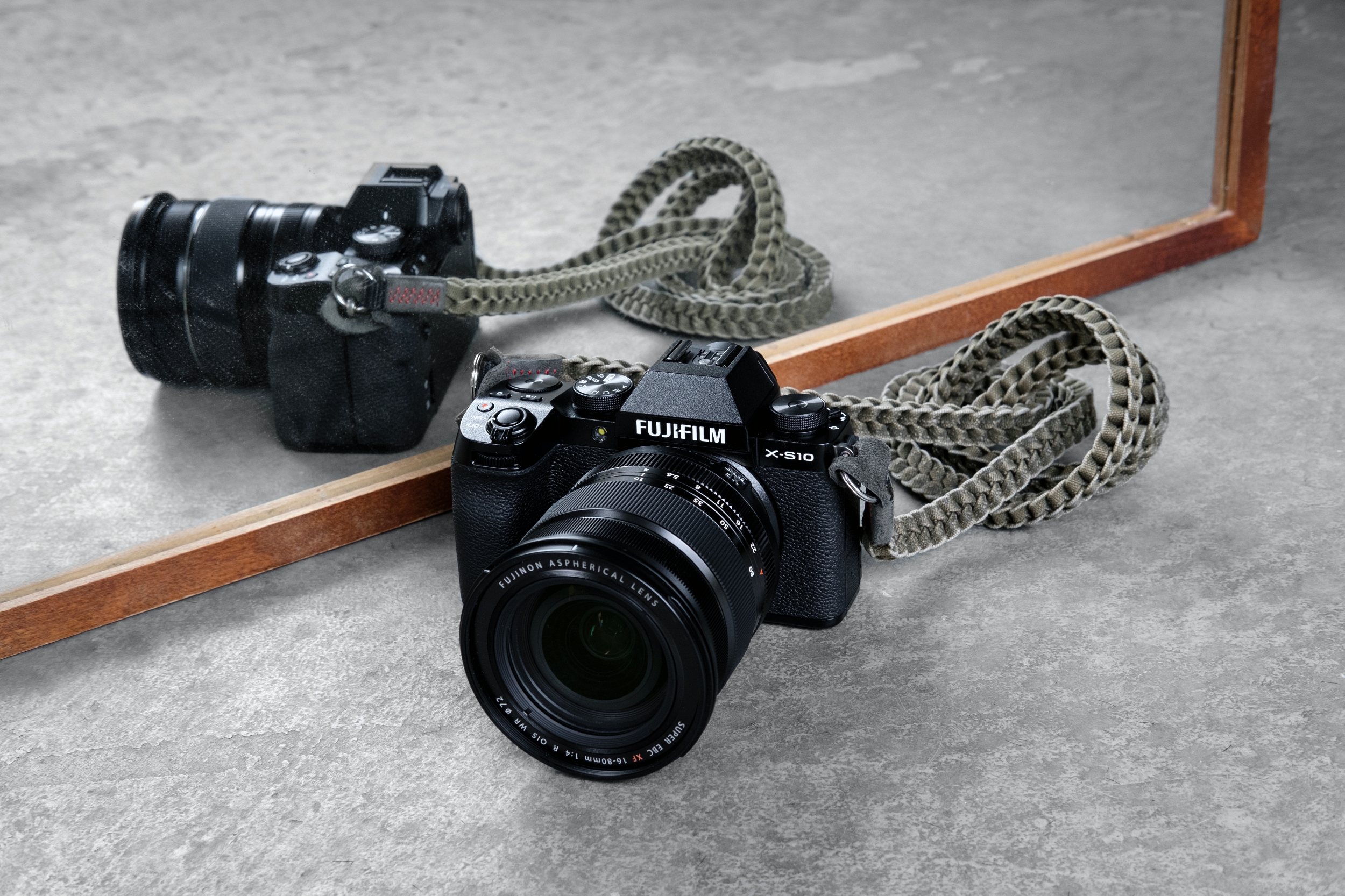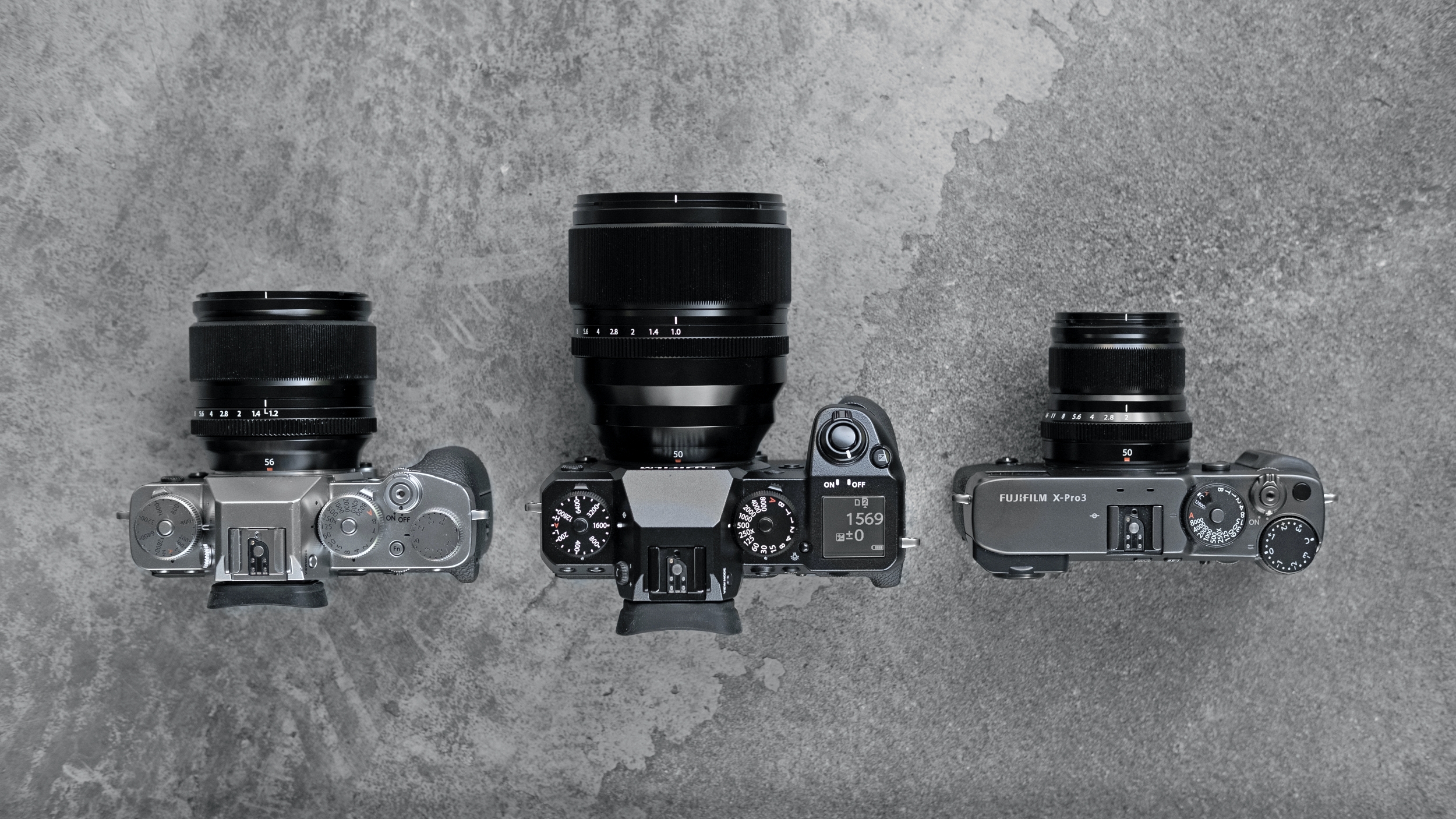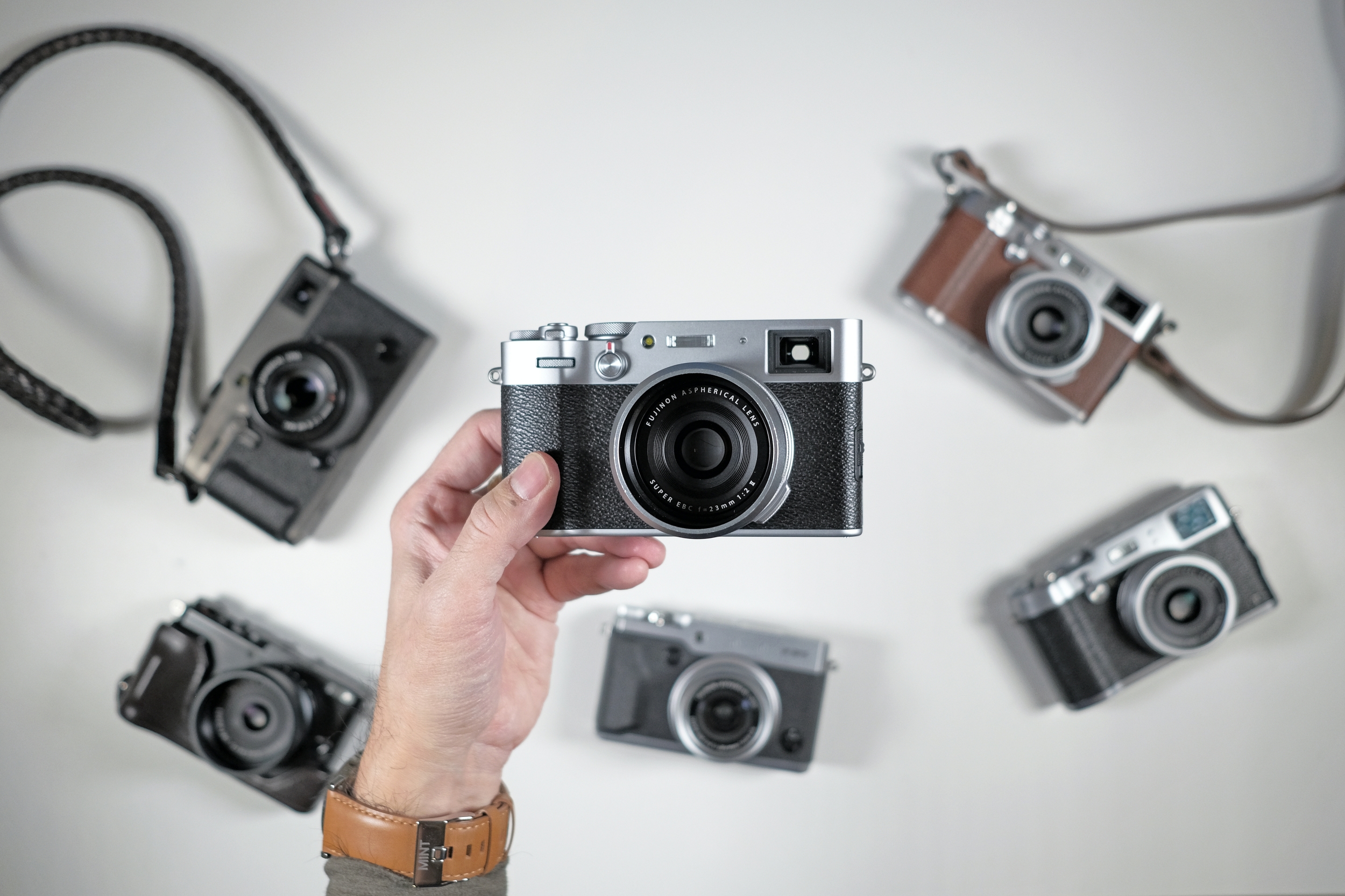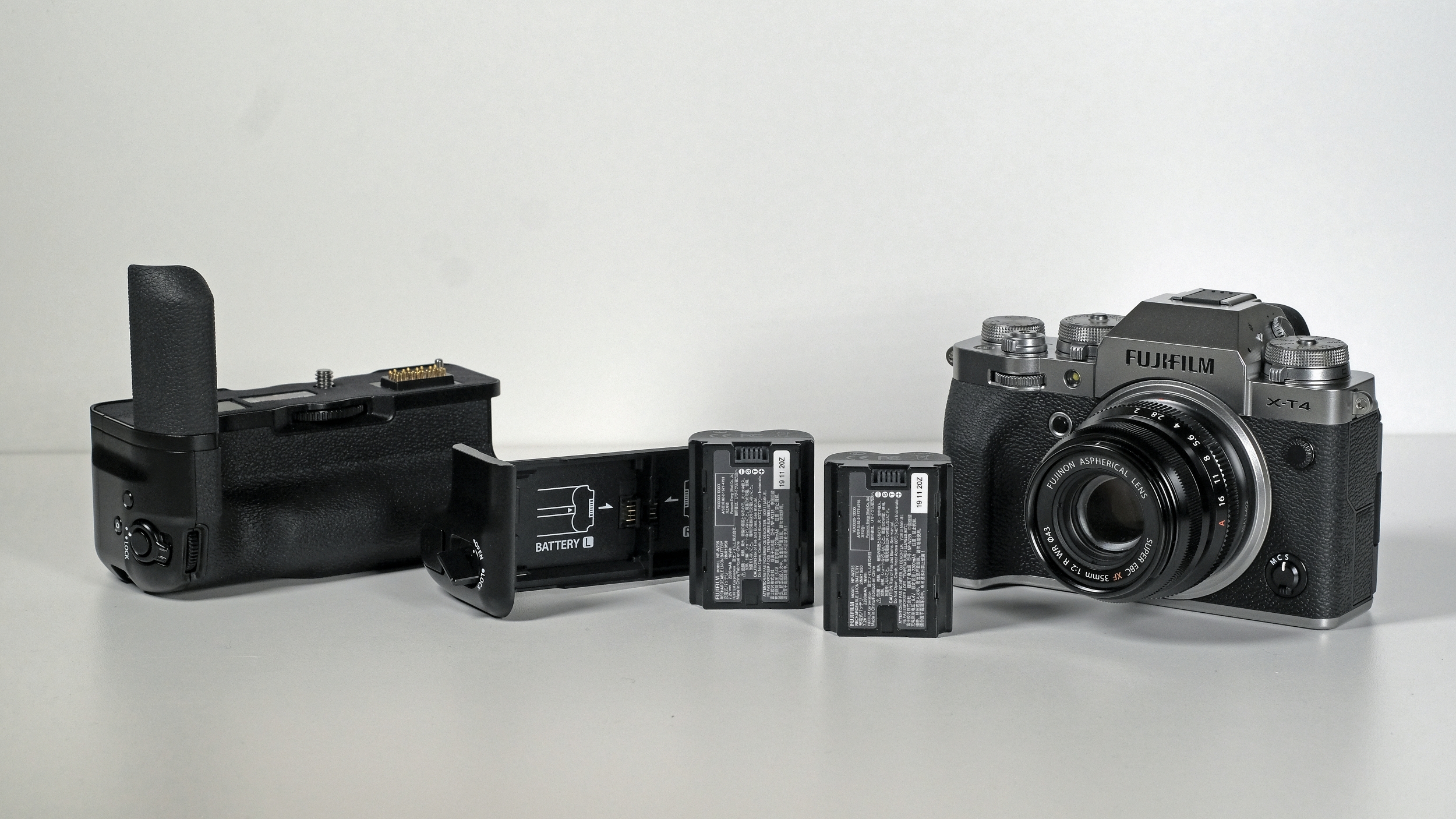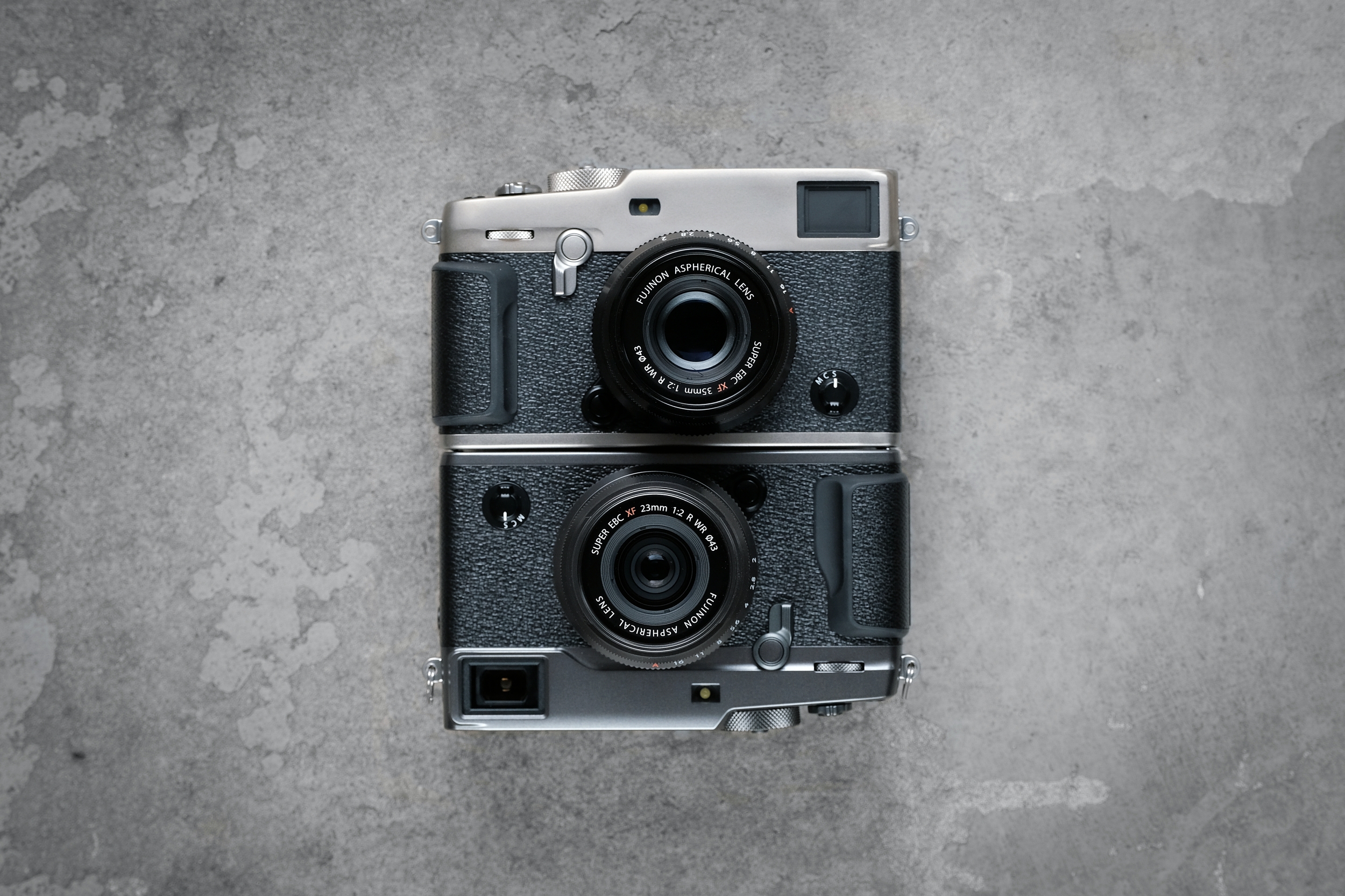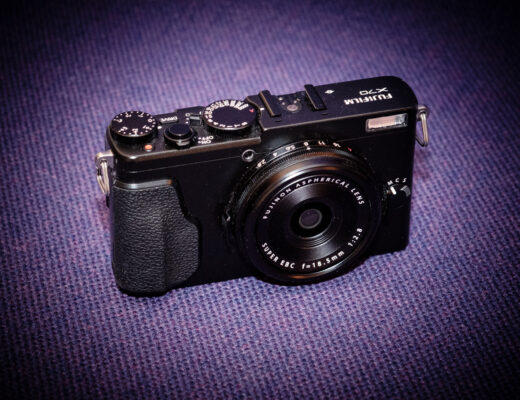It is safe to say that 2020 has been a turbulent year. For myself, it started off positive as I travelled to Hong Kong and Japan with my brand new X-Pro3 to really put the camera to the test. It passed with flying colours. Before my return to Vancouver I knew the X100V and X-T4 were on its way, so I was excited to get back to start reviewing them. Just as I was leaving Hong Kong, it was clear that Covid-19 was going to become a global pandemic so I returned home with caution. I voluntarily self-isolated for 2 weeks before testing the X-T4 and X100V; and a month later we were all in lockdown mode. I continued to receive camera gear throughout the year, albeit with less enthusiasm. It was especially difficult because I could no longer include travel in conjunction with my photography and camera reviews. I know, first world problems.
Despite all of this 2020 was a significant year for Fujifilm, especially for the X-Series. Yes the GFX line got a couple of new lenses and firmware updates, but most of the attention was on the X-Series ecosystem. Since the introduction of the 26MP X-Trans sensor and X-Processor 4 in 2018 with the X-T3, Fujifilm kicked into high gear in 2020 and pumped out 4 cameras with this sensor + processor combination. Technically the X-Pro3 was released at the end of 2019, but the final Dura Silver finish wasn’t released until mid January, so I’m including it as part of this year’s gear selection. Let’s begin by looking at my top 5 releases from Fujifilm in 2020:
1. Fujifilm X-S10
This camera was 3 years in the making. When Fujifilm first launched the X-H1 back in the beginning of 2018, everyone hoped Fujifilm would be able to put the IBIS mechanism into a much smaller and lighter camera body. Yes they did eventually make it smaller and fit it into the X-T4, but that’s not a compact camera. We were hoping Fujifilm would be able to fit it inside the X-E or X-Txx series bodies, and eventually into the X100 series. Fujifilm still hasn’t got there yet, but the X-S10 was their answer to create the smallest IBIS equipped ILC body into the X-Series ecosystem. The design is somewhere between the X-H1, X-T4 and X-T30. It has a similar shape and design to the X-H1, a similar fully articulating screen as the X-T4, and the guts of the X-T30. For many, this is the dream compact APS-C camera. I have had many non-Fujifilm shooters say this is the camera that will make them switch over to Fujifilm, a gateway camera so to speak. This is good for Fujifilm, and good for us Fujilovers since more people using Fujifilm cameras will mean more money invested into new lenses, more bodies and accessories.
Although the X-S10 was designed with Youtubers, vloggers and content creators in mind, this is an awesome camera for current Fujifilm X-Series shooters. If you currently shoot with any of the X-E or X-Txx series bodies, this is a great upgrade. It’s slightly bigger than both the current X-T30 and X-E3; however that large grip is worth the upgrade alone. If you don’t need or want the advantages of a pro X-Series body (weather sealing, dual card slot, larger EVF, more customizable dials); I would recommend the X-S10 as a solid choice.
Check out my first impressions review of the Fujifilm X-S10 here
2. Fujifilm XF 50mm f/1.0 R WR
Fujifilm’s first f/1.0 lens was the optics division flexing their engineering prowess. Not many camera manufacturers have the ability to create an f/1.0 lens, and only one other manufacturer was able to make one that autofocuses, although not very well (Canon’s 1989 EF 50mm f/1.0). Fujifilm’s initial plan was to make a 35mm f1.0, but was wisely replaced with the 50mm f/1.0. I was initially skeptical of the usefulness of a fast 75mm equivalent focal length lens (in full-frame), but I was wrong. It makes more sense to have a short telephoto lens with a supper wide aperture, especially for portrait photographers looking for shallow depth of field and night photographers looking for faster shutter speeds.

Notice the green fringing in the light above the model’s head, as well as the purple fringing on the purse strap
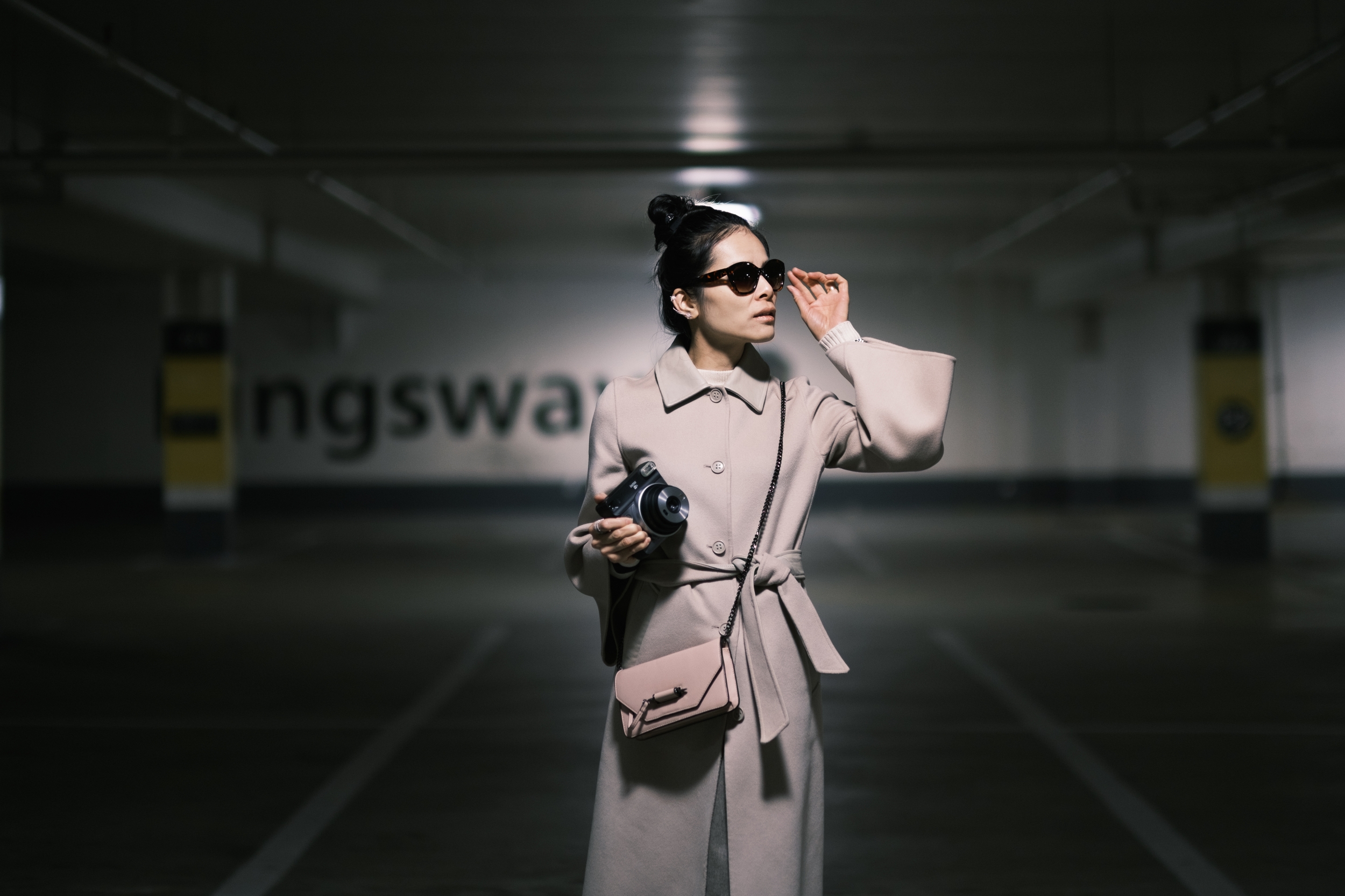
In Lightroom, I used the color fringing tool under LENS CORRECTION > Manual. 30 seconds of work and the colour fringing is removed.
This lens isn’t perfect (colour fringing issues in the out-of-focus areas with strong highlights and average autofocus speeds) but there’s always going to be some compromises with a lens of this calibre. It’s sharp wide open in the centre (which is where it counts) at medium distance, and very sharp when stopped down to f/2.8. However, you don’t buy this lens to stop it down. If that’s what you’re going to do, you might as well save your money (and neck pain) and buy the excellent XF 56mm f/1.2 R lens instead. People should buy this lens to use it wide open; although if you’re going to use it during the day, switch to electronic shutter or add an ND filter (77mm). This lens isn’t for everyone, but knowing you have a very rare lens with very unique optical qualities, your images will definitely stand out from the rest of the pack.
Check out my full review of the XF 50mm f/1.0 R WR here
3. Fujifilm X100V
The Finepix X100 is the original Fujifilm X-Series camera. It is the de-facto design aesthetic of the modern digital rangefinder, and Fujifilm knew they couldn’t take any major risks on its fifth iteration. The X100V is a predictable upgrade from the previous X100F with the addition of weather-sealing, a flush mounted 2 way articulating screen and an all new lens. Updating the sensor + processor combo to the latest 26MP X-Trans sensor with the X-Processor 4 allows image quality to equal that of the X-T3, X-T30, X-Pro3 and X-T4, with some limits for video features. The biggest upgrade for me was the newly designed lens, as the previous lens was the same one from the original X100 back in 2011. It was time for a new design.
My only complaint about the new X100V was that it was too ‘safe’ of an update. Unlike the X-Pro3 that took some risks, the new X100V had no twists or controversy, unless you consider using a lens filter to truly make the camera weather-sealed controversial. They also removed the D-Pad, a predictable move. If the X100V had a reversed articulating screen and a titanium top and bottom plate like the X-Pro3, I believe we would have had a modern digital classic. The new X100V is a great, incrementally improved camera over its predecessor, but I do wish aesthetically we saw something new or different. Perhaps Fujifilm can make a limited edition X100V DR Black or Silver model, or how about a X100V Monochrome? Hopefully next year’s 10th anniversary of the X100 will bring something very special to the X100V line-up.
Check out my full review of the Fujifilm X100V here
4. Fujifilm X-T4
The mighty X-T4 is the most competent X-Series ILC (Interchangeable Lens Camera) that Fujifilm has built thus far. The engineering team took everything we liked about the X-T3 and added IBIS and a fully articulating screen. They also improved on the battery performance by introducing the new NP-W235 with 75% more amp hours from the previous NP-W126S battery (2200 mAh vs 1260 mAh). This is going to be the standard battery for the full size X-Series bodies moving forward. For a hybrid shooter, having a dedicated dial to quickly switch between stills and movie mode is going to improve your workflow immensely. The new menu system also switches between stills or movie mode, making it easier to figure out which feature or function is universally applied versus being specific to video or stills. Of all the improvements on the X-T4, my favourite feature is the new battery. If you’re shooting stills, it can easily last an entire 3-4 hour shoot. With the previous battery, I would always bring 2-3 spare just in case, and would easily go through 2 batteries per session. On my travel projects, I would bring 6 batteries with me, but now I will only need to bring 3.
Overall the X-T4 is a work horse, it gets the job done. I’m not particularly attached to my unit, but I know I can rely on it more than any other X Series camera. My only negative is the rubber doors on the side for the I/O, and the articulating screen can be a pain when trying to use it as a waist level finder when using it for street photography. In addition, the LCD screen is not big enough to use as a talking head monitor when recording videos, although it is useful if you’re vlogging or trying to take a selfie photo. For myself, the screen is flipped in and protected most of the time. The only ‘improvement’ I can see on the next iteration is a new sensor and processor, and perhaps the return of the 3.5mm headphone input jack and proper I/O doors.
Check out my first impressions of the Fujifilm X-T4 here
5. Fujifilm X-Pro3
If it was my emotional brain making this top 5 list, the X-Pro3 would be at the very top for 2020. As mention earlier, the Dura-Silver model wasn’t released until mid January, so I still consider the X-Pro3 as a 2020 release. Building unique cameras is the essence of what Fujifilm has been doing for the past 20-30 years. Think of the eccentric film cameras they produced back in the day like the GW690 (aka Texas Leica), Klasse W, TX-1 (aka XPan), GX617, GX680, GA645zi, GF670, etc. Fujifilm engineers and designers weren’t followers but design leaders. Not every idea succeeded commercially, but Fujifilm always had that type of philosophy when it came to building cameras. Being different was okay, and often it was a distinct advantage. Think of how Fujifilm has stuck with APS-C instead of ‘moving up’ to full-frame, or their entry into digital medium format. Fujifilm likes to be different.
When the X-Pro3 was first announced, there was genuine anger because of the unique flip down LCD screen. After using it for a year I can tell you it’s my favourite feature of the X-Pro3. I also like the titanium top and bottom plate, the first of its kind in many decades for a Japanese camera manufacturer. My biggest complaint is the removal of the HDMI output, the removal of the front dial push button, and no more D-Pad. The removal of the magnifying optical viewfinder is also a negative for those who like to use the 18mm frame lines.
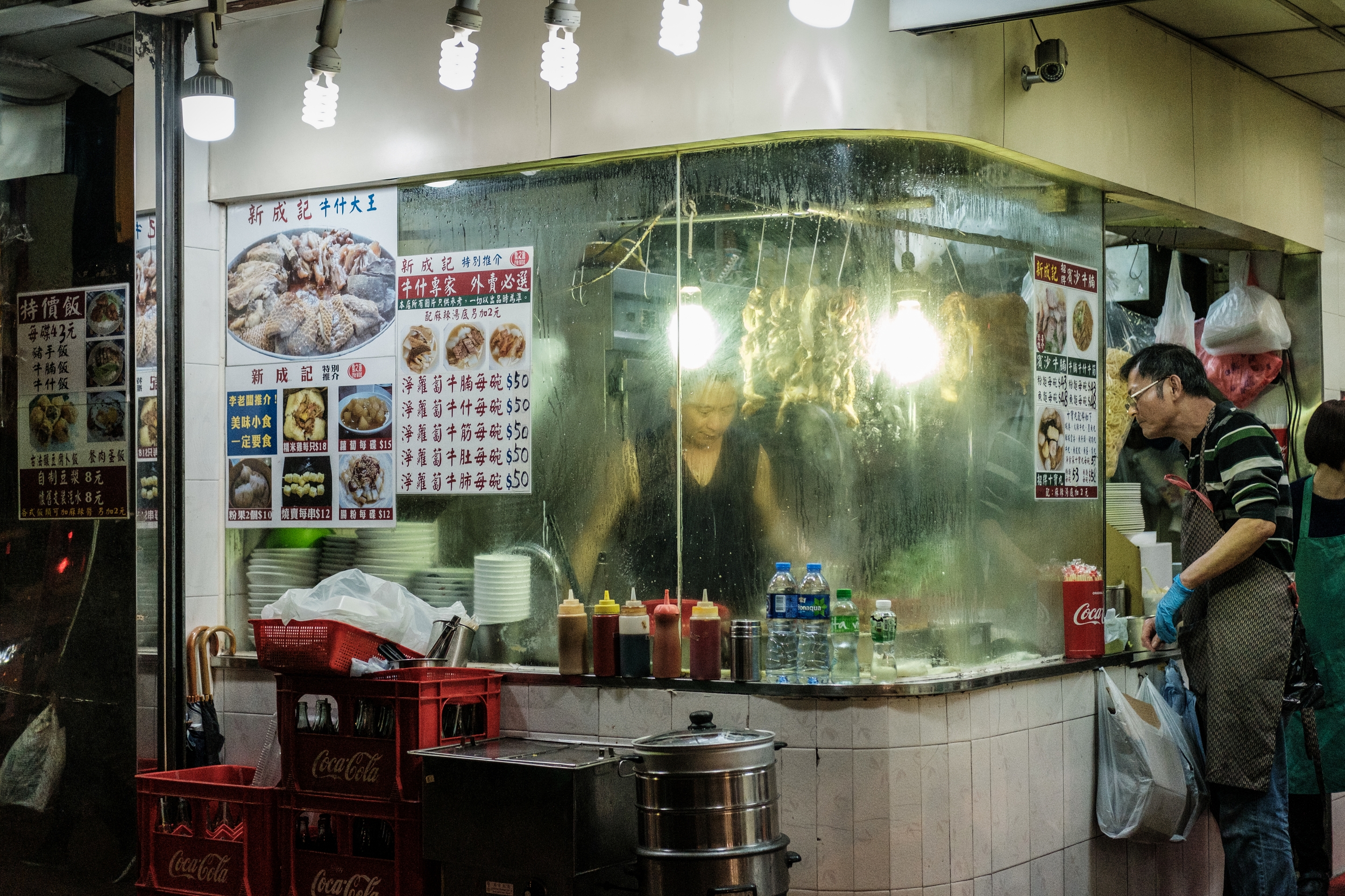
The X-Pro3 and a compact prime lens is great for candid street photography. It shoots like a film rangefinder. Captured with the XF 35mm f/2 R WR. Hong Kong 2020
With it’s top build quality, traditional design aesthetics and some unique features, the X-Pro3 functions instinctively like a ‘real’ camera; not some weird amalgamation of every Youtuber’s wishlist (sorry X-S10, I’m sort of talking about you). When you have the X-Pro3, you want to take it with you everywhere you go. It balances well aesthetically with prime lenses, but I’ve put on some of the bigger zooms and they work just as well. If you are a film photographer, or you like the aesthetics and ergonomics of a rangefinder styled camera, the X-Pro3 has the best balance between traditional and modern design and features.
Check out my one year review of the Fujifilm X-Pro3 here
Conclusion
2020 was a good year for the Fujifilm X-Series. There were 3 solid updates to legacy cameras (X100V, X-T4, X-Pro3), the introduction of an all new camera (X-S10) and Fujifilm’s first f/1.0 lens (XF 50mm f/1.0). Seeing the direction Fujifilm has taken this year with the X-Series, I am excited to see what they have in store for 2021. If you think I’ve missed anything or if my order is incorrect, please let me know down in the comment section. As I mentioned, the ordering wasn’t necessarily my favourite 5 releases, but the top 5 releases in relation to its significance to Fujifilm’s ecosystem as well as the industry at large. Let me know if you agree with my top picks. Thanks for following my photographic journey this year, talk to you all in 2021, and happy shooting!!


